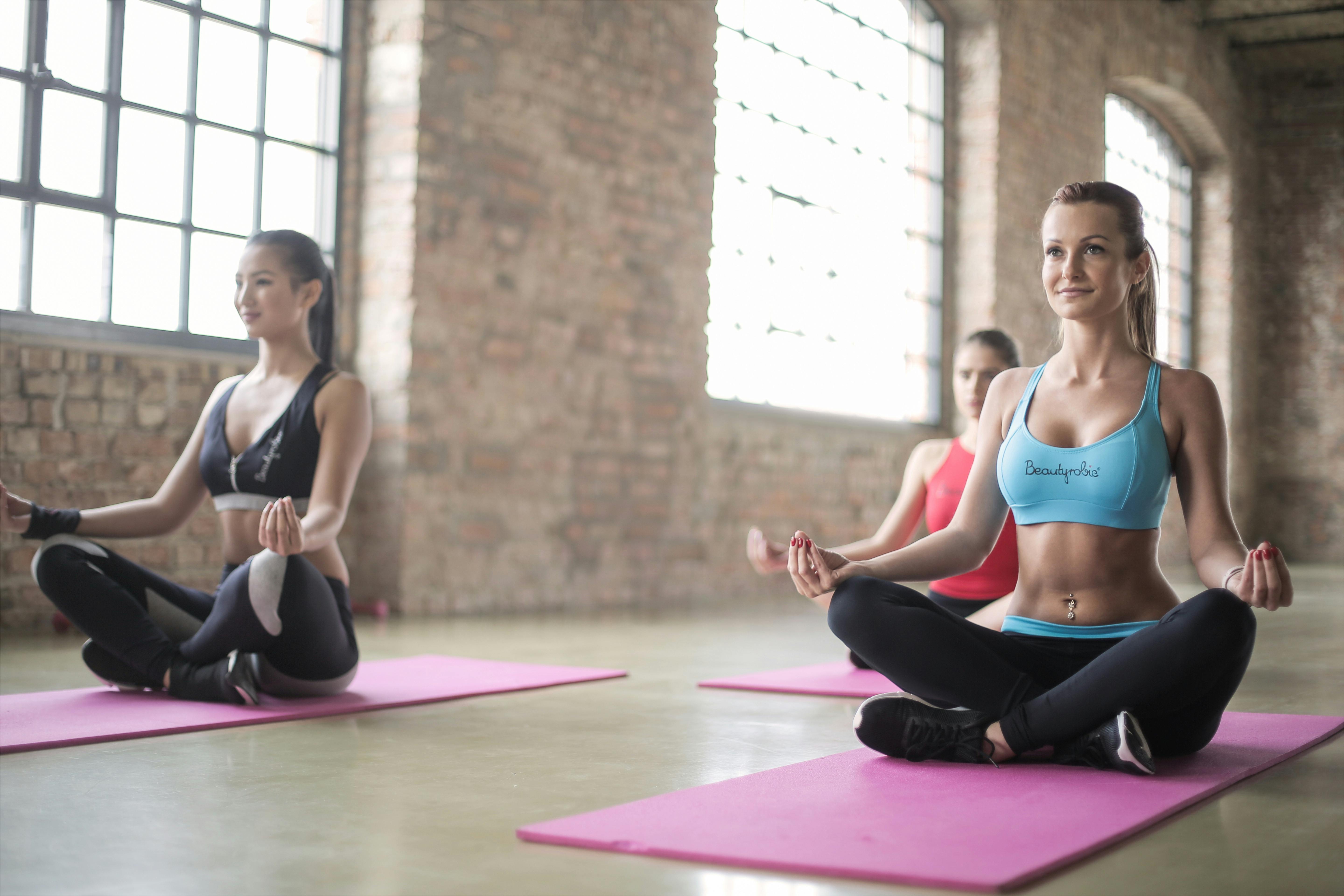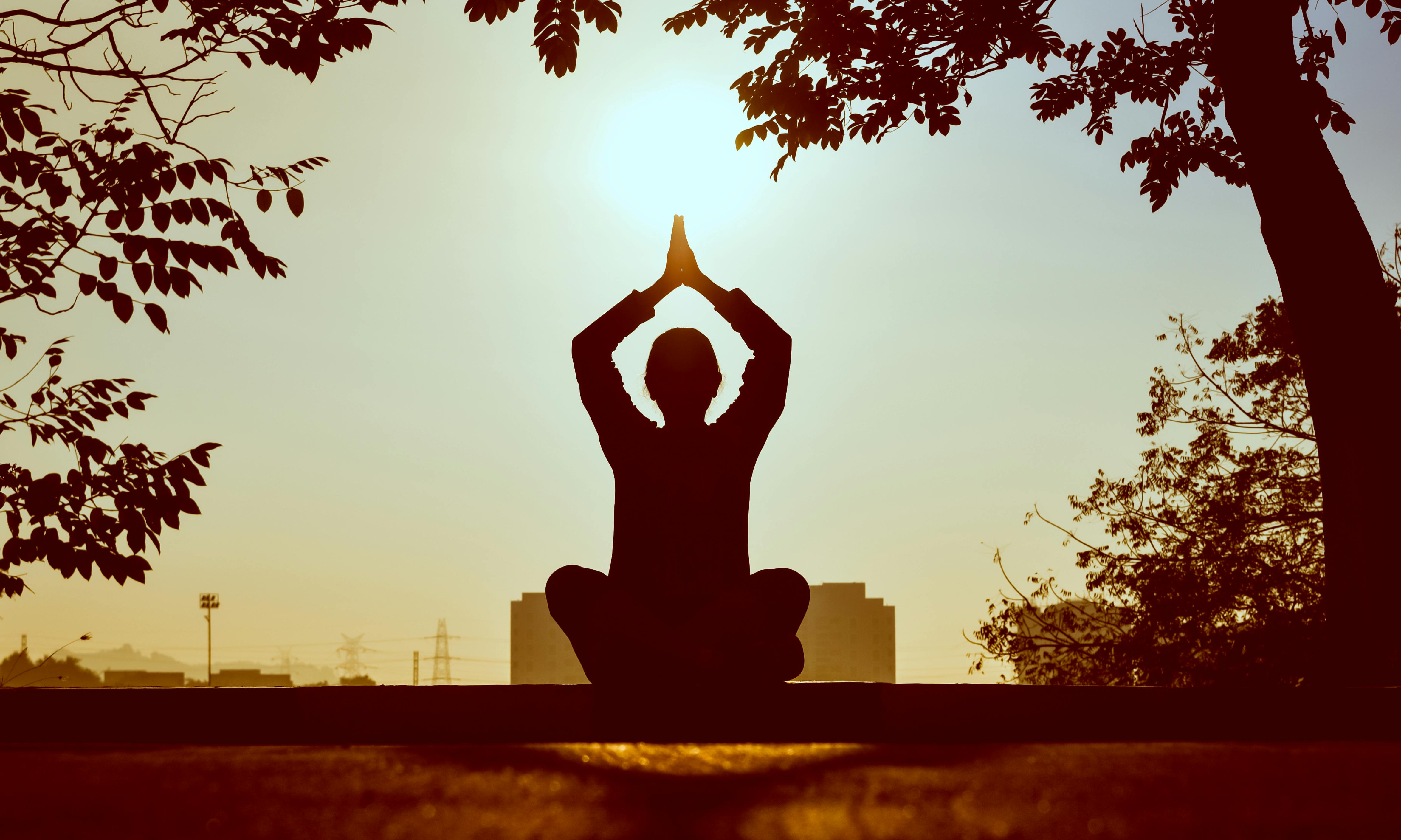Have you ever considered trying yoga to enhance your physical and mental well-being? It can often seem a bit overwhelming at first, with all of its positions, breathing techniques, and philosophies. But don’t worry! This guide will walk you through essential yoga tips that can help you start your journey with confidence and ease.
Understanding Yoga
Yoga is an ancient practice that integrates physical postures, breath control, meditation, and ethical principles. It’s designed to foster a sense of balance and harmony within your body and mind. This multifaceted discipline can improve your flexibility, strength, and mental focus.
The Benefits of Practicing Yoga
Understanding the benefits can motivate you to stick with your practice. Here are some major advantages you can gain from yoga:
| Benefit | Description |
|---|---|
| Increased Flexibility | Over time, yoga can help improve your flexibility and range of motion, reducing the risk of injury. |
| Enhanced Strength | Many yoga poses build strength, which supports your physical activities and overall health. |
| Stress Relief | Various techniques in yoga promote relaxation and reduce stress levels, helping with mental clarity. |
| Improved Posture | Yoga encourages body awareness, leading to better posture during daily activities. |
| Mindfulness Development | Regular practice fosters mindfulness, helping you live in the moment and manage anxiety better. |
Being aware of these benefits can inspire you to stay committed to your practice, benefitting both your body and mind.
Choosing the Right Yoga Style
Yoga comes in various styles, each offering different focuses. You can find a practice that suits your individual needs, preferences, and fitness levels.
Common Yoga Styles
Here’s a quick look at some popular styles that might appeal to you as a beginner:
| Style | Description |
|---|---|
| Hatha Yoga | A gentle introduction to basic yoga postures, focusing on alignment and breath control. |
| Vinyasa Yoga | A dynamic style characterized by flowing movements and sequences that connect postures with breath. |
| Yin Yoga | A slow-paced style that involves holding poses for extended periods, promoting deep relaxation. |
| Kundalini Yoga | Combines postures, breathing techniques, and chanting to awaken spiritual energy. |
| Restorative Yoga | Focuses on relaxation, using props to support the body in passive poses for stress relief. |
As you explore these options, consider what aligns with your personal goals and physical capabilities.

Setting Up Your Space
Creating an inviting and comfortable space for your yoga practice can enhance your experience. You don’t need a large area—a corner of your room will suffice.
Ideal Environment for Yoga Practice
To ensure an effective session, consider the following elements:
- Calm Atmosphere: Choose a quiet location where you won’t be disturbed.
- Comfortable Flooring: Use a yoga mat or soft surface to cushion your joints.
- Ambient Lighting: Natural light can invigorate you, while soft lighting can create a calming backdrop.
- Personal Touches: Add items like candles, soft music, or aromatherapy to enhance your environment.
A thoughtful setup can stimulate relaxation and focus, setting the right tone for your practice.
Essential Gear and Props
While you can practice yoga with little to no equipment, certain props can help you perform poses more comfortably.
Basic Yoga Equipment
Consider having the following items to support your journey:
| Item | Purpose |
|---|---|
| Yoga Mat | Provides cushioning and a stable surface to practice. |
| Yoga Blocks | Helps with balance, stability, and proper alignment in various poses. |
| Strap | Assists in reaching difficult stretches, improving flexibility and depth of poses. |
| Bolster | Provides support during restorative poses for added comfort. |
| Blanket | Can be used for warmth or cushioning during seated poses. |
These items can enhance your experience, making your practice enjoyable and safe.

Starting with Basic Poses
As a beginner, it helps to familiarize yourself with some foundational poses. Understanding these basic positions can give you confidence as you move through your practice.
Essential Yoga Poses for Beginners
| Pose | Description |
|---|---|
| Mountain Pose | A standing pose that improves posture and grounding. |
| Downward Dog | An inversion pose stretching the whole body, promoting strength and flexibility. |
| Warrior I | A standing pose that builds strength and stability while improving focus. |
| Child’s Pose | A restorative pose for relaxation, gently stretching the back and hips. |
| Cat-Cow Stretch | A gentle flow between flexion and extension that warms up the spine and improves flexibility. |
| Seated Forward Bend | A resting pose that stretches the spine and hamstrings while calming the mind. |
Familiarizing yourself with these poses will create a solid foundation for more complex postures later on.
Listening to Your Body
It’s crucial to listen to your body throughout your practice. Yoga is meant to be a personal journey, and you should honor your physical limitations.
Importance of Mind-Body Connection
Establishing a mind-body connection can enhance your overall experience. Here’s how:
- Tune into Sensations: Pay attention to how your body feels in different poses.
- Adjust Accordingly: If something feels uncomfortable, modify the pose or come out of it.
- Focus on Breath: Using your breath to guide movement can help maintain a comfortable rhythm.
By practicing awareness, you’ll develop a deeper understanding of your body’s needs.

Breathing Techniques
Breathing is a vital component of yoga. Proper breath control can improve your practice and foster relaxation.
Basic Breathing Techniques
Here are a few breathing techniques to incorporate into your practice:
| Technique | Description |
|---|---|
| Ujjayi Breath | A deep, audible breath that helps to focus and energize. |
| Diaphragmatic Breathing | Engages the diaphragm fully, promoting relaxation and deeper inhalations. |
| Nasal Breathing | Breathing exclusively through the nose to warm and filter the air, calming the nervous system. |
Integrating these techniques into your practice will not only enhance your poses but also enrich your experience.
Staying Consistent
Consistency is key when starting your yoga journey. Cultivating a routine can lead to better results and deeper engagement with your practice.
Building a Regular Yoga Practice
Here’s how you might keep yoga a regular part of your life:
- Set Realistic Goals: Start with a few sessions a week, gradually increasing as you become more comfortable.
- Create a Schedule: Designate specific times during your week for practice, treating them like essential appointments.
- Keep it Enjoyable: Try different styles or practices to keep things fresh and exciting.
By establishing a routine that feels right for you, you’ll find yourself advancing more quickly and enjoying the process!

Finding a Community
Connecting with others on a similar path can offer support and motivation. Whether in-person or online, a community can enhance your yoga experience.
Ways to Engage with the Yoga Community
- Join a Class: Look for local studios or classes that welcome beginners.
- Participate in Workshops: These can provide deeper insights and introduce you to various aspects of yoga.
- Connect on Social Media: Follow yoga practitioners and join online forums to learn and share experiences.
Building connections can enrich your practice and help you stay motivated.
Embracing Self-Compassion
Every yoga journey is unique, and it’s essential to be gentle with yourself. Embracing self-compassion can lead to a more fulfilling practice.
How to Infuse Self-Compassion into Your Practice
- Practice Patience: Understand that progress takes time and is part of the journey.
- Acknowledge Your Efforts: Celebrate small victories, recognizing your commitment to practice.
- Release Judgment: Focus on your progress rather than comparing yourself to others.
By nurturing a compassionate attitude, you’ll cultivate a more enjoyable and liberating practice.

Setting Realistic Goals
Setting achievable goals can guide your yoga practice. Whether short-term or long-term, having clear objectives can lead to greater satisfaction.
Tips for Goal Setting
| Goal Type | Example |
|---|---|
| Short-term Goal | Attend three yoga classes each week for the next month. |
| Long-term Goal | Master a specific pose, like the Handstand, within six months. |
Keeping your goals SMART (Specific, Measurable, Achievable, Relevant, and Time-based) can help you stay focused and motivated.
Continuing Your Education
Yoga is a vast discipline that offers endless learning opportunities. Embrace the idea of continuous education to feed your curiosity.
Ways to Expand Your Yoga Knowledge
- Read Books and Articles: Explore topics related to yoga philosophy, anatomy, or techniques.
- Watch Online Tutorials: Find instructional videos or online classes to enhance your understanding of poses.
- Consider Yoga Teacher Training: If you feel inspired, consider engaging in a teacher training program to deepen your practice.
Continually feeding your curiosity will invigorate your yoga journey and expand your horizons.
Recognizing Your Progress
It’s essential to acknowledge the growth and changes you experience through your practice. This recognition can reinforce your motivation and build confidence.
Tracking Your Yoga Journey
- Keep a Journal: Document your sessions, noting what you learn and how you feel after each practice.
- Take Progress Photos: Capture your poses over time to visually recognize improvements and changes.
- Share Your Experiences: Discuss your journey with friends or in a community, reflecting on your growth.
Reflecting on your progress enables you to celebrate your achievements and encourages further growth.
Conclusion
Your journey into yoga is uniquely yours, filled with opportunities for growth, self-discovery, and connection. By considering these essential tips, you can build a fulfilling practice that nurtures both your body and mind. Remember to embrace each phase of your practice, celebrate your journey, and maintain a sense of joy as you progress.
Yoga is not merely about mastering poses; it’s about finding balance in your life and nurturing a connection with yourself. So, are you ready to step onto your mat and begin this amazing adventure?




